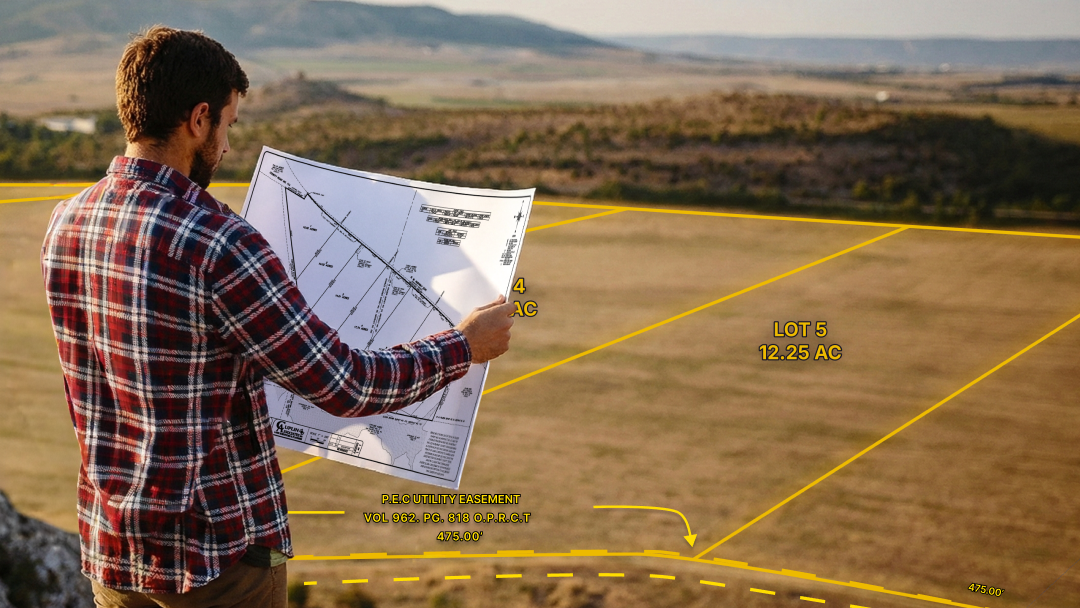You probably don’t give IoT sensors a lot of thought, but they’re all around us every day. Your car is full of them—telling you what the temperature outside is, when you're running low on gas, if you’re about to back into another vehicle, if you have low tire pressure; the list goes on. Even when you aren’t near your car, you’re still carrying around sensors inside your smartphone, such as a magnetometer (which tells the phone which way is north like a compass would) and a gyroscope (which tells the phone which way it’s oriented).
IoT sensors have made monitoring real-time data fast and easy, but when they work in conjunction with geographic information systems (GIS), this technology—and its applications—can really be taken to the next level.
Meet the Internet of Things
IoT, otherwise known as the Internet of Things, is essentially a catch-all term for all of the devices that collect and transmit data. By putting these sensors on equipment and devices, we’re able to gather and analyze unprecedented amounts of real-time data about how an object is behaving in its environment.
There are many different types of IoT sensors out in the world today each designed to detect and measure certain phenomena. Temperature sensors make sure equipment doesn’t overheat; pressure sensors make sure the pressure in water systems isn’t too low; proximity sensors make sure you don’t accidentally back your car into a pole; gas sensors alert you if there’s a carbon monoxide leak in your home; optical sensors in your phone automatically decrease or increase screen brightness.
On their own, IoT sensors are already able to help us learn so much about our environment, but when they’re paired with GIS, we can take that data to the next level by putting it in a geographic context.
IoT Goes into the Wild With GIS
What happens when you combine sensor data with the geographic position of a sensor? Not only will you know what is happening, you’ll know where it’s happening, which will decrease response times, increase efficiency, and bolster decision-making across many different business scenarios. The benefits of fusing these two technologies are still being realized, but there are several promising innovations happening right now.
Smart Emergency Planning
With IoT and GIS, city planners will be able to know in real time what's happening on their streets and plan accordingly before an emergency happens. We'll also be able to understand if certain buildings are under more stress than others from natural disasters and earthquakes so that we can invest in retrofitting where necessary. For example, this new technology might help us better plan for infrastructure upgrades which would make it less likely for power outages after a storm or earthquake.
Smart Development
The rise of the IoT and GIS development has made it possible for cities to better plan for the future. The combination of these two technologies can help with city development in a variety of ways, from infrastructure construction to data collection and analysis. For example, traffic management systems can now use GPS-based speed detectors to measure traffic flow in real time and transmit this information back to the proper authorities.
Furthermore, collecting this information over time allows authorities to see trends that might not have been visible at one time point. For example, if there is an increase in traffic flow during rush hour on certain days of the week or if there are slowdowns on specific streets during certain times of the day or even in specific neighborhoods over weeks or months.
Smart Vehicles
One of the most disruptive trends in the automotive industry is connected, or smart, vehicles. These vehicles are equipped with a variety of sensors that can measure everything from braking pressure to engine temperature. Connected cars can also communicate with other vehicles and traffic lights, as well as your smartphone. With this information, they can monitor road conditions and help drivers avoid collisions. The combination of IoT and GIS technology has also shown to be incredibly beneficial for helping authorities identify dangerous traffic areas and find where improvements are required.
How Do You Use GIS?
One of the greatest benefits of GIS is its versatility. Beyond IoT, this technology can be used in combination with drones, AI and machine learning, and many other applications. The only thing stopping us from fully utilizing GIS is the barrier to entry businesses have to get past. Land id® (formerly MapRight) is working to change that, though. Our easy-to-use map creation software offers professionals in a range of industries the ability to make interactive, data-rich maps. With over two dozen overlays to choose from, numerous styling and customization options, and your own creativity, every Land id® map is different. To get started, sign up for our 7-day free trial today!
FAQs

Continue Reading





